Escape From Tarkov rewards fast reactions and precise aim more than almost any other shooter. Every gunfight is over in seconds, and hesitation often means death. But raw reflexes aren’t everything—true skill comes from consistency, control, and the ability to stay composed under pressure. Improving reaction time and aim takes practice, awareness, and smart training both in and out of raids.
This guide explores proven methods to sharpen your reflexes, enhance your accuracy, and maintain stable performance across every firefight in Tarkov’s unforgiving world.
Understanding Reaction Time in Tarkov
Reaction time isn’t just about raw speed—it’s about perception and prediction. In Tarkov, the best players react faster not because they’re naturally quicker, but because they anticipate encounters. They recognize sound cues, map patterns, and common player behaviors that let them prepare before the fight begins.
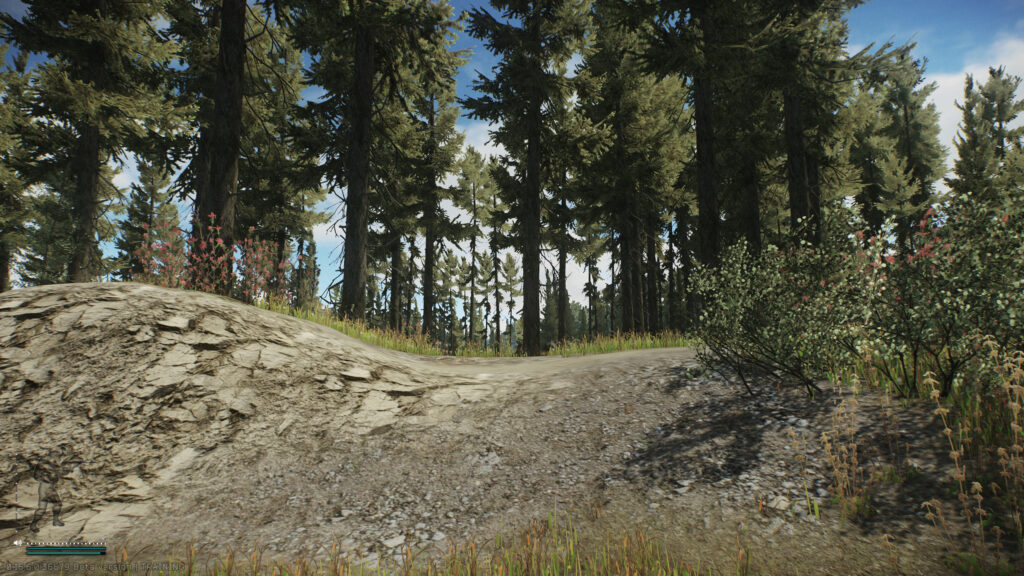
By training yourself to predict rather than react, you’ll gain a massive advantage over less-experienced opponents.
Developing Faster Visual Recognition
Human reaction speed is limited, but recognition speed can be trained. Familiarize yourself with visual elements like enemy movement, silhouette outlines, and muzzle flash color. Playing on consistent settings—such as similar FOV and brightness—helps your eyes adapt faster to spotting threats. Reduce unnecessary visual clutter by minimizing UI distractions and motion blur.
The more recognizable the environment feels, the quicker your brain processes danger cues and responds accurately.
Building Aim Consistency Through Repetition
Good aim is about stability and rhythm, not sudden twitch shots. Use Tarkov’s offline mode to practice recoil control, target tracking, and flick corrections. Focus on maintaining smooth mouse movements rather than jerky adjustments. Consider external aim trainers like Aim Lab or Kovaak’s to build muscle memory for tracking and precision shots.
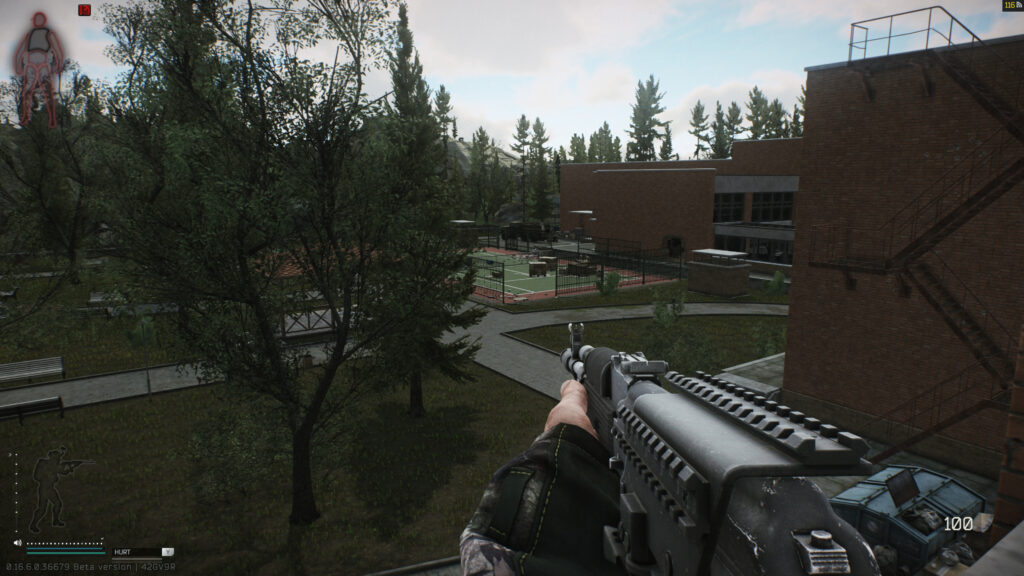
Repetition creates automatic responses, turning conscious effort into instinctive accuracy.
Hardware and Sensitivity Optimization
Your gear setup directly impacts performance. Use a reliable mouse with adjustable DPI, ideally between 400–800 for fine control. Lower sensitivities increase precision but require more arm movement—find a balance that suits your playstyle. Calibrate your monitor to reduce input lag and set your frame rate cap for smooth consistency.
Even a 20-millisecond delay can determine the outcome of a firefight—optimize every detail that influences response speed.
Training Routines for Improvement
To build lasting consistency, dedicate a few minutes each session to mechanical warm-ups. Here’s a suggested routine:
- 5 minutes of dry recoil control with semi-auto and full-auto weapons.
- 10 minutes of target tracking and flick practice on stationary and moving targets.
- 3–5 offline raids focusing solely on reaction drills—no looting, only combat simulation.
- Cooldown analysis—review clips to identify reaction mistakes and oversights.
Like any skill, precision and reflexes improve with deliberate, consistent practice—not random playtime.
Mindset and Nerves Management
Staying calm under pressure directly affects reaction time. When adrenaline spikes, fine motor control suffers. Learn to control breathing and manage focus during fights—panic leads to overflicking and missed shots. Confidence builds through preparation, so enter raids with clear intentions rather than chasing random encounters.
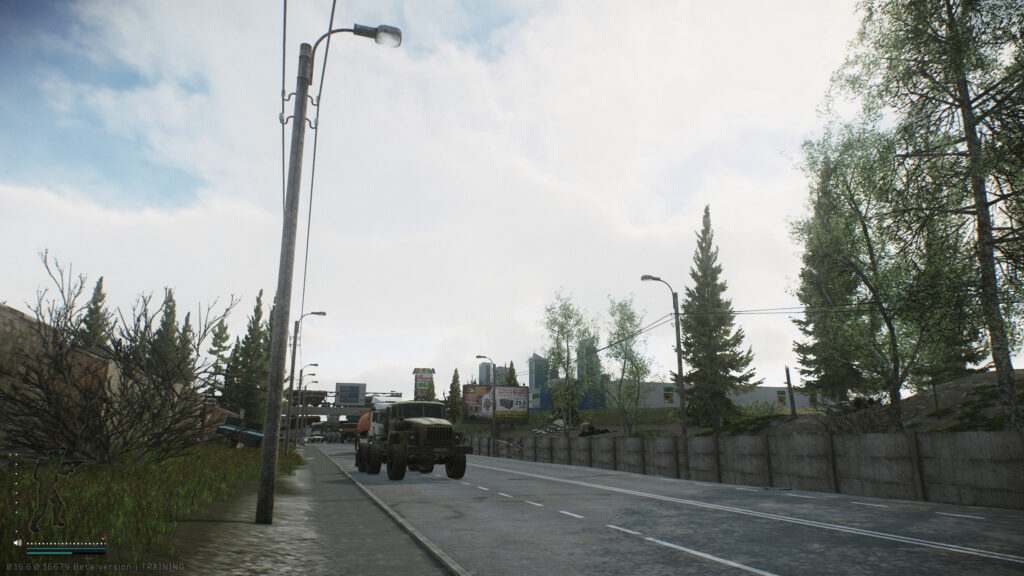
A steady mind produces steady aim—patience is often faster than panic.
Conclusion
Improving reaction time and aim consistency in Tarkov requires a mix of mental discipline, mechanical training, and system optimization. Every step you take to refine awareness and control pays off across hundreds of encounters. In 2025, as Tarkov’s gunfights grow even more intense, those who train their reflexes and maintain composure will always have the upper hand.
Speed is useful, but precision wins battles—train for both, and you’ll survive longer than ever.
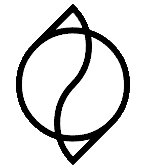
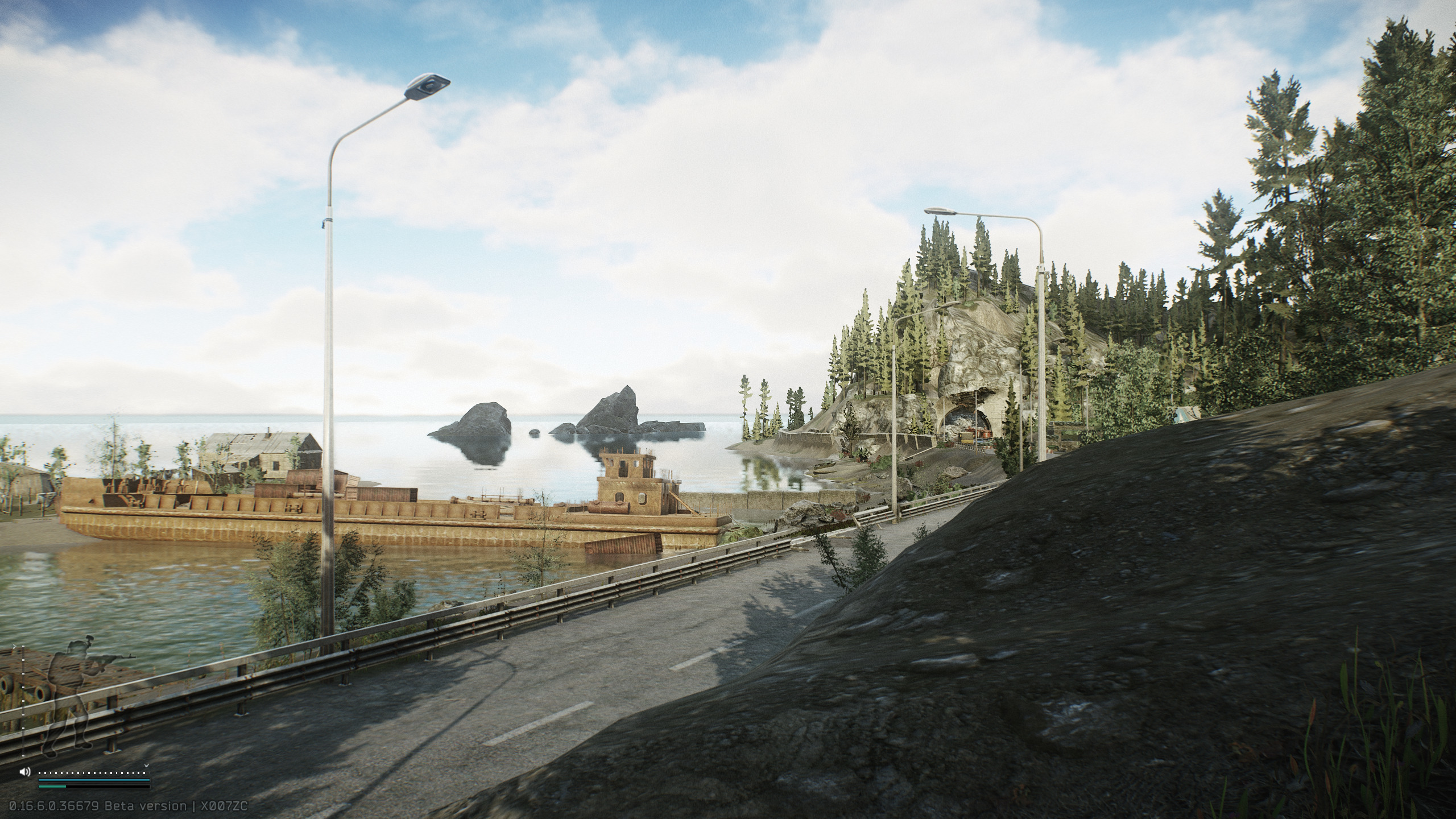
Leave a Reply